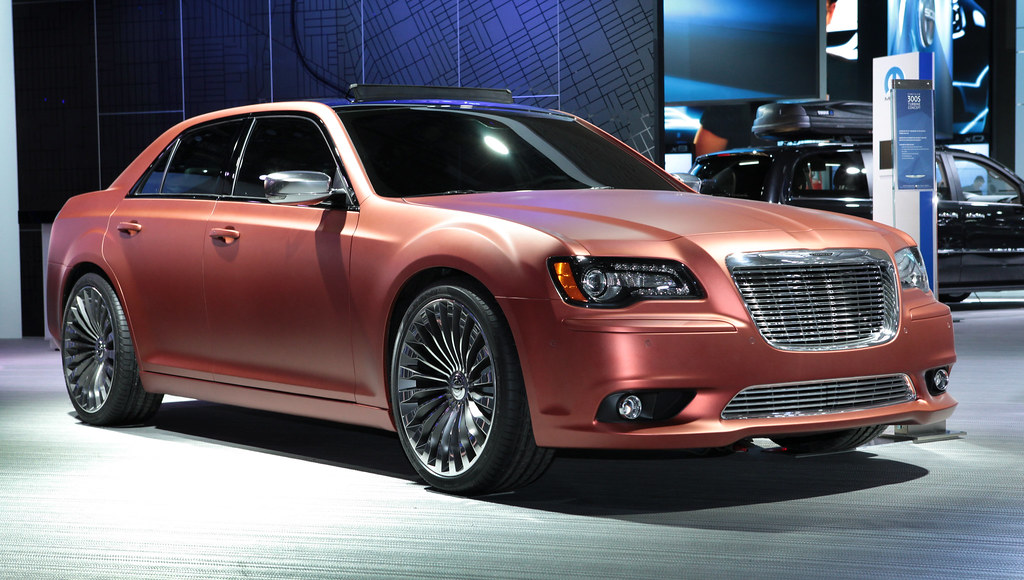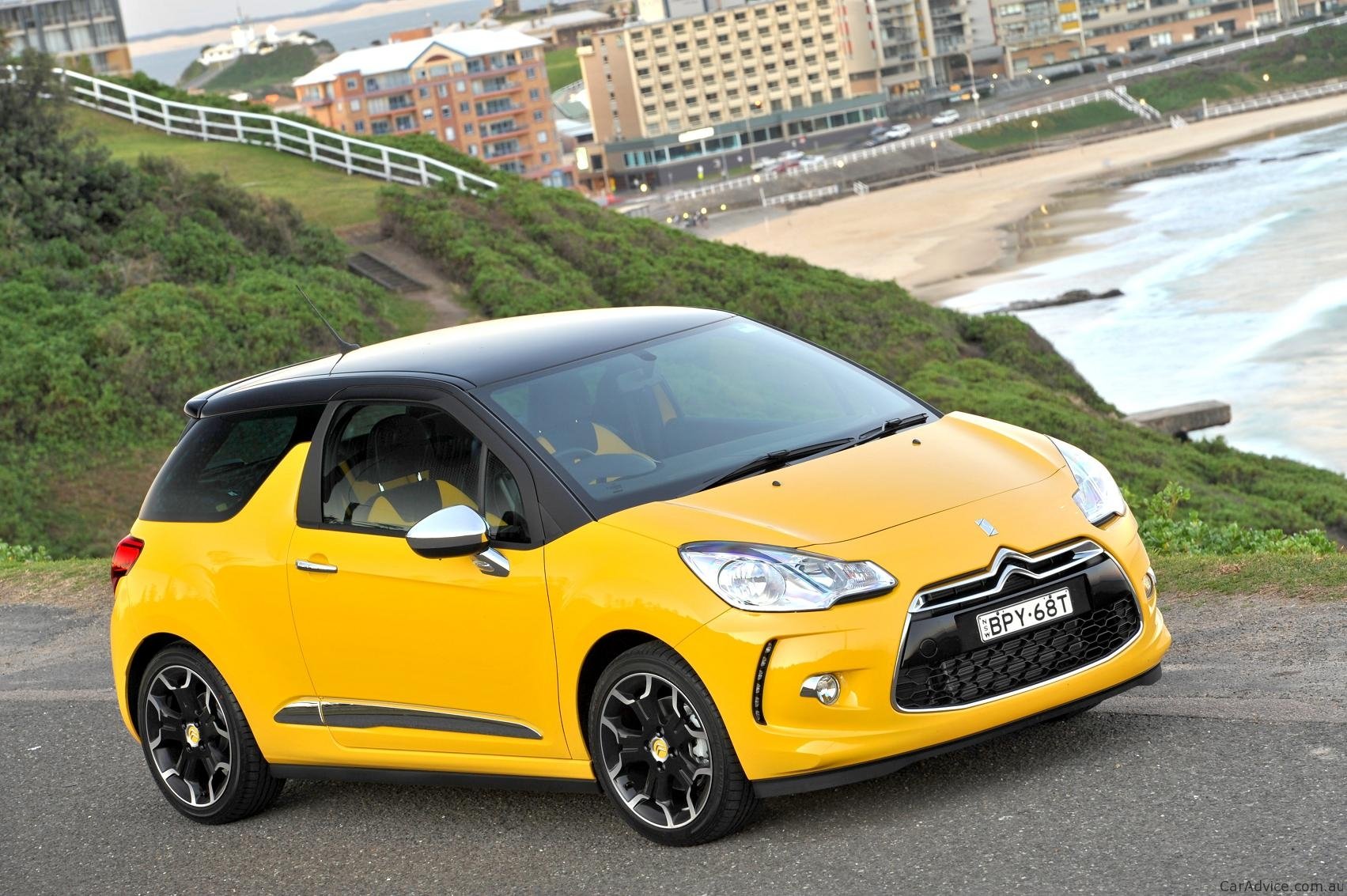The cars of bygone eras, especially those that dared to dream beyond the ordinary, have an undeniable charm. One such marvel that truly sparks the creativity of automobile enthusiasts is the 1963 Chrysler Turbine Vehicle. This car was more than just a vehicle; it represented the Jet Age, a time when promise was brightly lit by innovation and the sound of a jet engine on an open road seemed inevitable.
The Turbine Vehicle’s Amazing Introduction: 1964 New York World’s Fair
I still clearly review the 1964 New York World’s Fair, where the Chrysler Turbine Vehicle made its fabulous entry, surrounding the track with a sound that was music to any vehicle nerd’s ears. Chrysler’s vision was intense and advanced: to supplant the ‘inconvenient’ cylinder motors with smooth, yelling plane turbines. The organization emptied assets into this fantasy all through the ’50s and mid ’60s, coming full circle in the making of 50 Turbine Vehicles for a genuine driving assessment by regular people.
From Dream to The real world: The Difficulties Confronted
Despite the initial excitement, the reality of turbine-powered vehicles in every garage faded as various practical challenges emerged. The project was eventually shelved, and most of these vehicles met their end in the crusher—a decision that echoes the tragic fate of GM’s EV-1 electric vehicles years later.
The Enduring Turbine Vehicles: Gatherers’ Fortunes
However, the story doesn’t end there. A few of these Turbine Vehicles escaped destruction and have since become highly sought-after collector’s items. Among them is a gem from the Frank Kleptz Collection, body number 991231, which holds the distinction of being the only Chrysler Turbine Vehicle available on the open market today. This particular vehicle, marketed by a St. Louis, Missouri dealer, is a testament to the Turbine Vehicle’s enduring appeal, boasting its original metallic bronze paintwork and a treasure trove of accessories, reports, and technical information.

The Honest Kleptz Inheritance
The late Honest Kleptz, a famous vehicle gatherer and history specialist, guaranteed that this Turbine Vehicle stayed in running condition. It once filled in as a West Coast demonstrator prior to joining the renowned William Harrah Assortment. After Harrah’s passing, Kleptz gained the vehicle, and it has since been a brilliant illustration of car history.
Elwood Engel’s Immortal Plan
The Chrysler Turbine Vehicle is something beyond a vehicle; it’s a piece of craftsmanship, a cut of history, and a strong assertion of what might have been. Elwood Engel’s plan, with its modern, chunk sided stylish, inspires the class of the last part of the ’50s Passage Thunderbird, yet stands apart with its own downplayed polish.
Esteeming a Piece of History
Possessing a piece of this set of experiences doesn’t come with a reasonable sticker price, as there are no immediate correlations with its worth. In any case, for the people who comprehend the meaning of the Turbine Vehicle, the asking cost is optional to the honor of safeguarding a piece of car development.
A Remarkable Carport Show: The Turbine Motor Get together
Notwithstanding the actual vehicle, there’s likewise a different contribution for the precisely disposed — a turbine motor and transmission get together mounted on a moving stand, ideal for a definitive carport show. This piece, unit number GT-135, is accepted as an extra from the Turbine Vehicle public test program and conveys a requesting cost from $100,000. A precarious cost, maybe; however, what other place might you at any point track down such an exceptional relic?
The Designing Wonder: A-831 Turbine Motor
The Chrysler Turbine Vehicle was a product of its time, a bold experiment in automotive engineering. It was a concept car that became a reality, albeit briefly, and its legacy is a reminder of when the sky was the limit for what cars could become. The Turbine engine, the A-831, was a marvel in its own right, capable of running on various fuels and designed to last longer and require less maintenance than traditional piston engines.

The Client Program: A Strong Trial
The user program that Chrysler conducted from 1963 to 1966 was an ambitious effort to integrate these vehicles into everyday life. Drivers across the United States put the Turbine Vehicles to the test, accumulating more than one million miles of experience. The program revealed both the strengths and weaknesses of turbine technology in consumer vehicles, from their impressive durability to their less-than-stellar fuel efficiency and noise levels.
The Turbine Vehicle’s Inheritance
Despite the program’s end and the subsequent destruction of most of the fleet, the Turbine Vehicle’s influence endures. It is a reminder of the innovative spirit that drives the automotive industry forward, even when faced with setbacks. The few remaining vehicles are cherished by museums and private collectors, including Jay Leno, who appreciate them not just as cars but as icons of a bygone era.
An Image of Dauntlessness and Development
As we think back on the Chrysler Turbine Vehicle, obviously it was something beyond a brief examination. It was an intense assertion about the future, a future that was reachable but outside our ability to comprehend. The Turbine Vehicle might not have changed the auto business as Chrysler had trusted, yet it unquestionably left a permanent imprint on the hearts of vehicle aficionados and visionaries alike.
The Chrysler Turbine Vehicle still stands as a testament to the audacity of automotive ambitions. It tells the story of innovation, aspiration, and the never-ending quest for the future, which, for a brief moment, came roaring into existence with the help of a turbine engine. For those fortunate enough to witness its legacy firsthand, the Turbine Vehicle is a reminder of what could have been and a constant inspiration to chase the horizon no matter how challenging it may seem.
Related posts:
Pick of the Day: 1963 Chrysler Turbine Car, an iconic Jet Age relic
Chrysler Turbine Car
Chrysler Turbine Car





